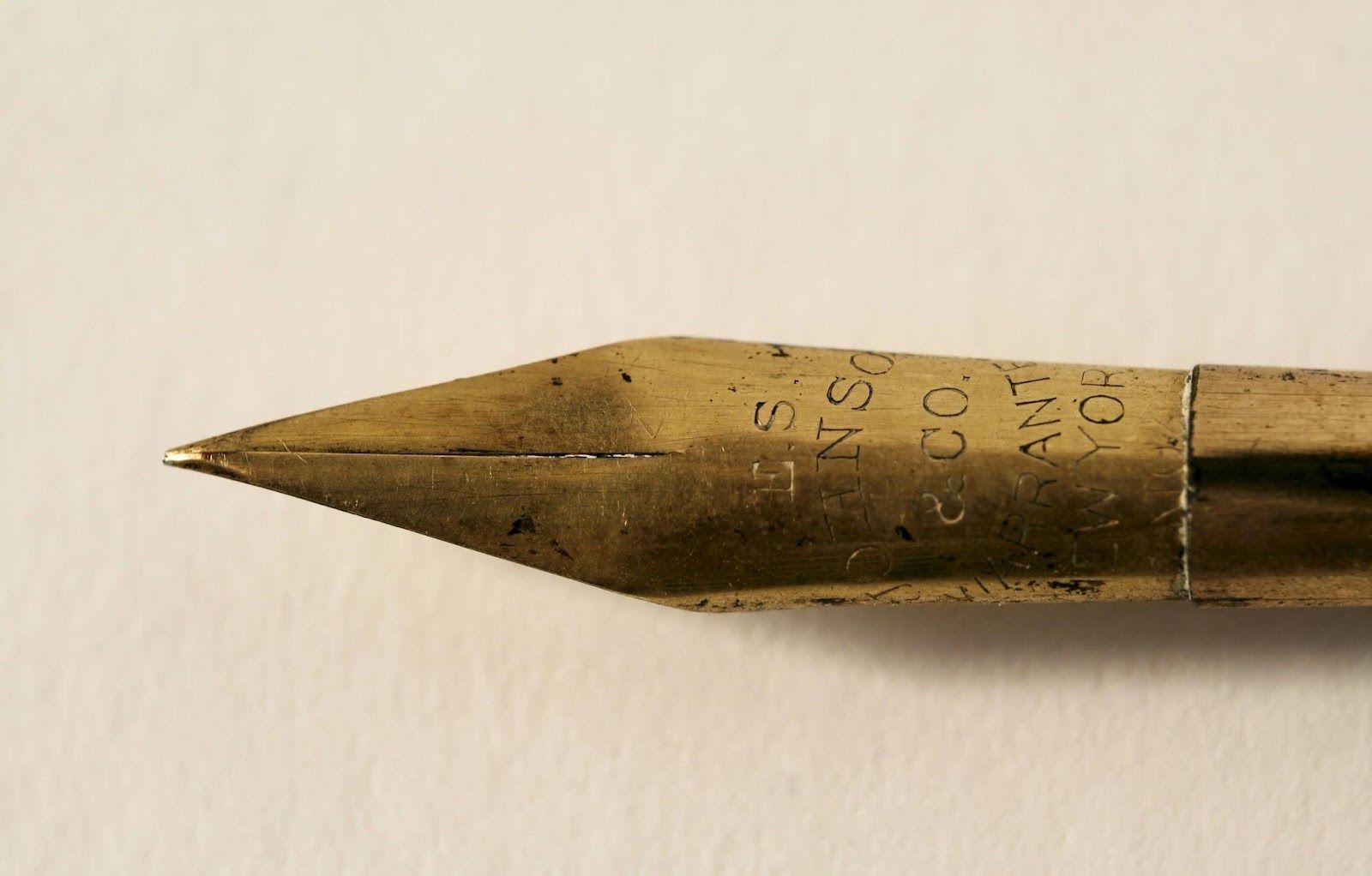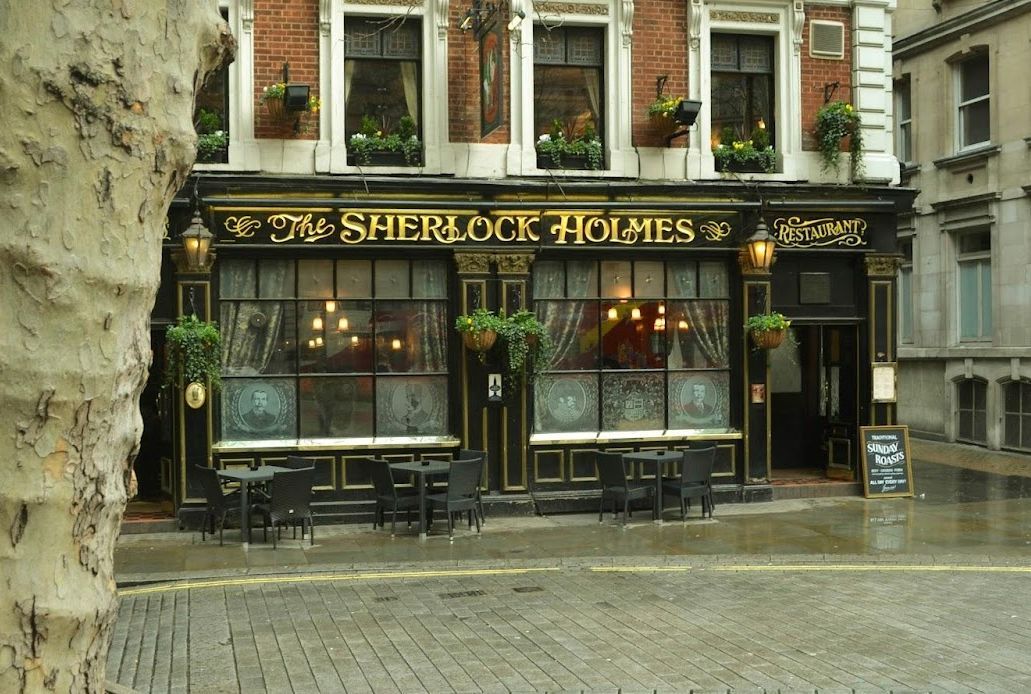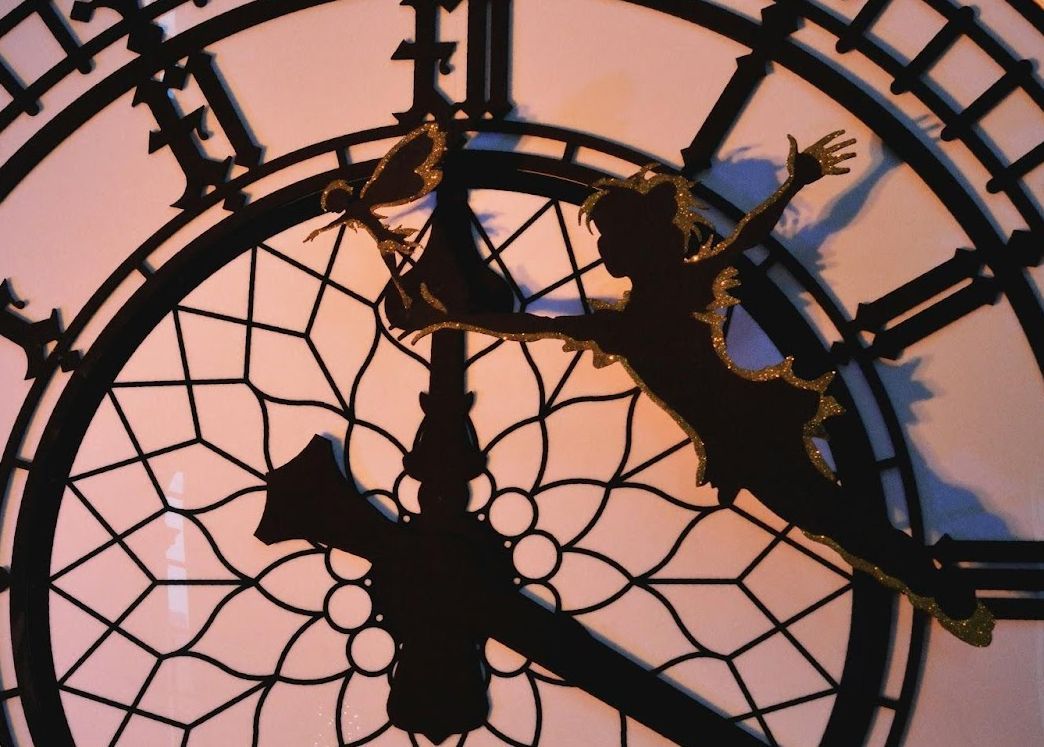12 ways to invent a name
Was Peter Pan a real boy? Let's explore stories behind beloved characters
Published on August 2, 2025
 Credit: MJ S
Credit: MJ S
Did you know that Sir Arthur Conan Doyle was torn between naming his famous detective "Sherringford" or "Sherlock"? Or that James Bond was actually named after an American ornithologist? We repeat names like "Moby Dick" or "Harry Potter" with such ease that we forget some writer, at some point, sat down and scribbled out a list of possibilities.
Let’s explore the stories behind the naming of 12 beloved characters!
James Bond
 Credit: Quang Viet Nguyen
Credit: Quang Viet Nguyen
If "James" sounds like a bland name for a top-notch spy, and "Bond" is a surname you’d probably forget after a first introduction, then Ian Fleming knew exactly what he was doing.
The point of the character’s name was to be unremarkable—even boring. A suave spy trying to blend in with his surroundings couldn’t very well walk around with a name like Sherlock or Indiana.
But Fleming didn’t invent the name: he borrowed it from a book about birds, written by American ornithologist James Bond.
Atticus Finch
 Credit: Jacques LE HENAFF
Credit: Jacques LE HENAFF
The solemn hero of To Kill a Mockingbird was meant to be linked with wisdom and justice. Harper Lee chose the name, which means "from Attica," for its association with Greek and Roman philosophers. It was a name that evoked rationality and moral clarity.
She countered it with "Finch," soft and grounded—and another bird. The contrast in those names perfectly suits the man who defended Tom Robinson in court and read to his children by lamplight.
Interestingly, Atticus was based in part on Lee’s father, Amasa Coleman Lee, a lawyer who once defended two Black men accused of murder.
Homer Simpson
 Credit: Erik Mclean
Credit: Erik Mclean
What about Homer Simpson? He was also based on the creator’s dad—as were Marge, Lisa, and Maggie. They were all named after Matt Groening’s own family. When deciding names for his cartoon dysfunctional family, Groening had the funny idea of borrowing his relatives’ names.
He intentionally left himself out of it: for his role as the devilish only son in the family, he changed "Matt" to "Bart" (an anagram of "brat").
Sherlock Holmes
 Credit: Lucas Medeiros
Credit: Lucas Medeiros
Sherringford Hope was the name Sir Arthur Conan Doyle first gave his detective. The character was clear in his mind, but he took his time coming up with the defining name.
"Holmes" was an English name associated with London in many people’s minds, partly because of the popular book Holmes’s Great Metropolis. And "Sherlock" happened to be the surname of two inspectors solving crimes in England at the time, so Doyle likely picked it from the newspapers on purpose.
Peter Pan
 Credit: Ale Matei
Credit: Ale Matei
J.M. Barrie’s "boy who wouldn’t grow up" had a carefully crafted name, too. Barrie had a close relationship with Sylvia Llewelyn Davies and her five sons, whom he entertained with imaginative stories about pirates and treasure.
He borrowed the name "Peter" from one of them, though the adventurous boy’s character was modeled after all of them. Meanwhile, "Pan" is the name of the Greek god of the wild who played pipes and lived outside the rules of civilization—just like the boy.
Hermione Granger
 Credit: Yuanpei Hua
Credit: Yuanpei Hua
Even years after the Harry Potter books became a cultural phenomenon, many people struggled to pronounce the name of the female sidekick, Hermione. J.K. Rowling didn’t clarify its pronunciation until the fourth book!
But she didn’t invent the name. In Shakespeare’s The Winter’s Tale, Queen Hermione is noble and wrongly accused, making this a subtle nod to the misunderstood girl power of the character.
Side note: "Harry" came from Rowling’s childhood crush on the name, and "Potter" was the surname of neighbors she liked as a kid.
Jean Valjean
 Credit: Frankie Lu
Credit: Frankie Lu
Victor Hugo wanted the name of the ex-convict at the heart of Les Misérables to carry a sense of ordinariness. He was meant to represent the everyman—hence "Jean" (the French equivalent of "John").
The surname "Valjean" implies that the name "Jean" had been carried in his family for generations—basically, as unremarkable as a name can get. Hugo once noted that Les Misérables was not about exceptional people, but about dignity in the lowest places.
Moby Dick
 Credit: svklimkin
Credit: svklimkin
The name of the white whale that haunted Captain Ahab’s dreams was borrowed from a real whale, with just a slight name tweak.
Mocha Dick was a real-life albino sperm whale known to 19th-century whalers. It earned a reputation for fighting back when attacked. The name came from the island of Mocha, southeast of Chile, near which it lived. It was first documented in an 1839 account by explorer Jeremiah Reynolds, whose tale Melville likely read.
Beetlejuice
 Credit: Bruno Guerrero
Credit: Bruno Guerrero
During the making of Tim Burton’s iconic Beetlejuice (1988), a studio executive wanted to call the movie "Scared Sheetless." Fortunately, they went with Beetlejuice, a playful twist on Betelgeuse, a red supergiant star in the Orion constellation.
The movie needed a name that sounded grand and imposing in its original form (Betelgeuse), but cheeky, silly, and very Burton-esque on the movie poster.
Truman Burbank
 Credit: Sam McGhee
Credit: Sam McGhee
Truman Burbank, the hero of The Truman Show, was always meant to be two things at once: an ordinary man and a massive metaphor. His first name is a not-so-subtle play on "True Man." Burbank may reference the California city, known for its ties to media and television production, adding a subtle layer to the metaphor.
It was the perfect label for a man who is the only authentic soul in a world built entirely on lies.
Darth Vader
 Credit: Tommy van Kessel
Credit: Tommy van Kessel
George Lucas wanted the Dark Lord’s name to carry symbolic weight, and it does: "Darth" was meant to signal rank, like a title (later extended to Darth Maul, Darth Sidious, etc.), but it also evokes "death."
The funny thing is that, even though "Vader" resembles the Dutch and German words for "father," it wasn’t originally planned by the creators to associate Darth Vader with, well… having a son. That storyline was only introduced in the sequel, The Empire Strikes Back.
Kramer
 Credit: Irene Strong
Credit: Irene Strong
Cosmo Kramer, Seinfeld’s sliding-door wild card, was based on a real person: Kenny Kramer, a neighbor of co-creator Larry David. Kenny was quirky, opinionated, and eccentric enough to inspire one of TV’s most memorable sitcom characters.
David initially didn’t want to use the name "Kramer," fearing the real one would demand money or publicity (which, in hindsight, would have been perfectly in character). But "Kramer" just sounded right—and eventually, the real Kenny appreciated the nod.












